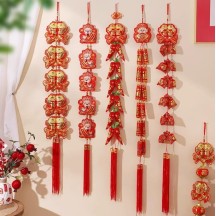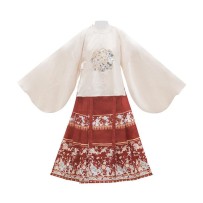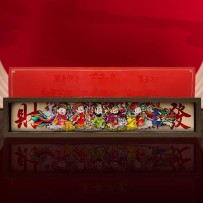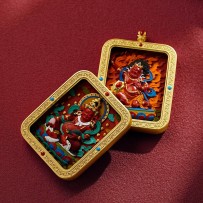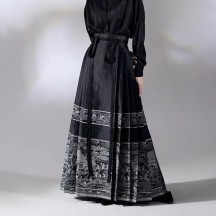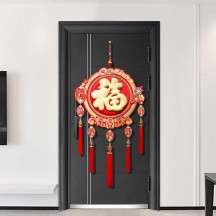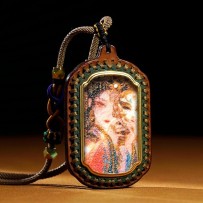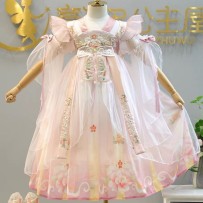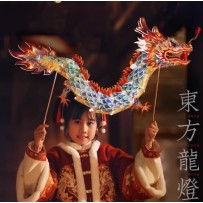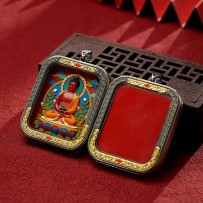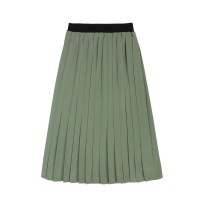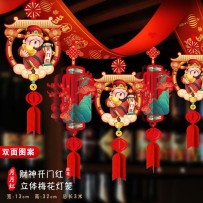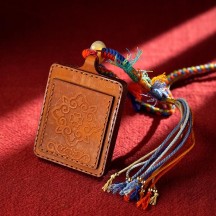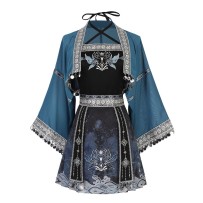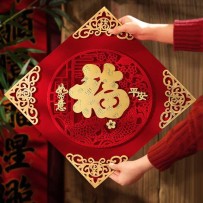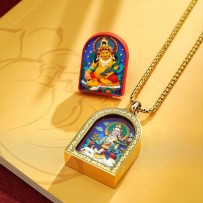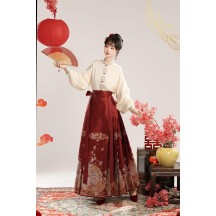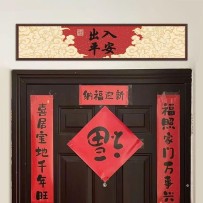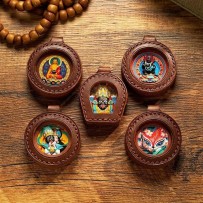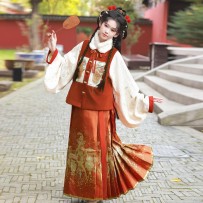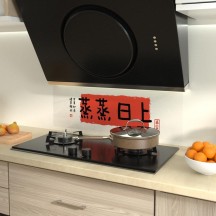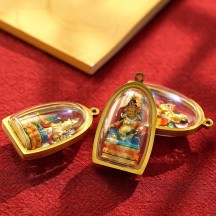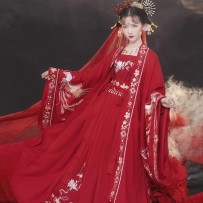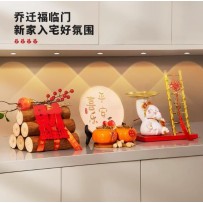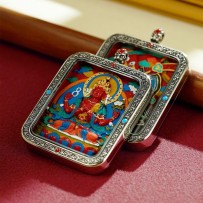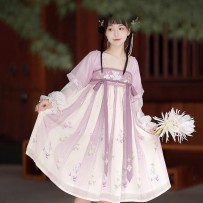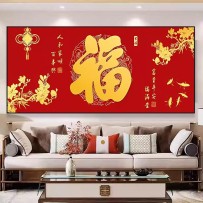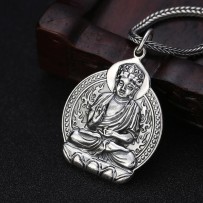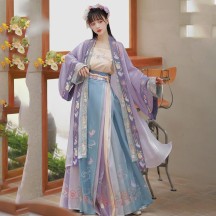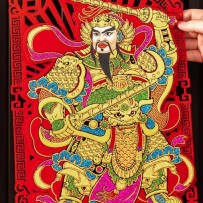Meaning of prosperity and good luck
Home
Subcategories
Active filters
The horse-face skirt symbolizes courage and strength. Its design features the image of a horse’s face on the front of the skirt, representing the spirit and power of the horse. In ancient times, the horse-face skirt was an important element of traditional women’s clothing in southern China and stood as a symbol of wisdom and bravery in traditional Chinese culture.
The product is made of collectible art paper, 12-color micro-jet printing, embossed craftsmanship, and the frame is golden walnut, exquisite and elegant, a good choice for personal use or gifts
Cinnabar is believed to bring good fortune, ward off evil spirits and ensure safety in both Tibetan culture and traditional Chinese culture. When combined with Thangka, cinnabar Thangka pendants are believed to ward off evil spirits and disasters, bring good luck and suppress negative energy, and attract wealth and blessings, bringing the wearer blessings of good fortune, health and safety.
The horse-face skirt symbolizes courage and strength. Its design features the image of a horse’s face on the front of the skirt, representing the spirit and power of the horse. In ancient times, the horse-face skirt was an important element of traditional women’s clothing in southern China and stood as a symbol of wisdom and bravery in traditional Chinese culture.
Hanging the character 'fu' at home has the function of warding off evil spirits, dispelling ominous energy, and protecting the safety of the home. Implies a safe and healthy family, smooth career, and happy life. Can bring good luck
Tangka refers to a unique scroll painting in Tibetan Buddhism, which mainly contains the biography of Buddha, various Buddha images, religious history, and images of various patriarchs. Most of them are painted on cloth, silk or paper, and then mounted with colored satin. It is a necessary item for Buddhists to worship and practice at any time.
Dragon dance originated in the Han Dynasty. Dragon culture is an important totem culture of the Chinese nation. It represents the members' good fortune and happiness.
Tangka refers to a unique scroll painting in Tibetan Buddhism, which mainly contains the biography of Buddha, various Buddha images, religious history, and images of various patriarchs. Most of them are painted on cloth, silk or paper, and then mounted with colored satin. It is a necessary item for Buddhists to worship and practice at any time.
Hanfu carries rich cultural significance, embodying the traditional aesthetics, etiquette, and cultural values of the Chinese nation. It is not just clothing, but an important symbol of Chinese heritage—representing history, culture, and a sense of national identity.
Chinese traditional culture x ribbon pendant
Tangka refers to a unique scroll painting in Tibetan Buddhism, which mainly contains the biography of Buddha, various Buddha images, religious history, and images of various patriarchs. Most of them are painted on cloth, silk or paper, and then mounted with colored satin. It is a necessary item for Buddhists to worship and practice at any time.
Hanfu carries rich cultural significance, embodying the traditional aesthetics, etiquette, and cultural values of the Chinese nation. It is not just clothing, but an important symbol of Chinese heritage—representing history, culture, and a sense of national identity.
3D flocking hot diamond Jinfu x Chinese traditional auspicious decoration
Tibetan-style titanium steel three-dimensional Thangka, made of tough titanium steel, integrates exquisite craftsmanship, depicting the sacred Buddhist charm and Tibetan customs. The three-dimensional shape is vivid and combines religious depth with artistic beauty.
Hanfu carries rich cultural significance, embodying the traditional aesthetics, etiquette, and cultural values of the Chinese nation. It is not just clothing, but an important symbol of Chinese heritage—representing history, culture, and a sense of national identity.
The Five Gods of Wealth represent the good wishes and expectations of welcoming good fortune and blessings.
Tangka refers to a unique scroll painting in Tibetan Buddhism, which mainly contains the biography of Buddha, various Buddha images, religious history, and images of various patriarchs. Most of them are painted on cloth, silk or paper, and then mounted with colored satin. It is a necessary item for Buddhists to worship and practice at any time.
Hanfu carries rich cultural significance, embodying the traditional aesthetics, etiquette, and cultural values of the Chinese nation. It is not just clothing, but an important symbol of Chinese heritage—representing history, culture, and a sense of national identity.
Tangka refers to a unique scroll painting in Tibetan Buddhism, which mainly contains the biography of Buddha, various Buddha images, religious history, and images of various patriarchs. Most of them are painted on cloth, silk or paper, and then mounted with colored satin. It is a necessary item for Buddhists to worship and practice at any time.
Hanfu carries rich cultural significance, embodying the traditional aesthetics, etiquette, and cultural values of the Chinese nation. It is not just clothing, but an important symbol of Chinese heritage—representing history, culture, and a sense of national identity.
Tangka refers to a unique scroll painting in Tibetan Buddhism, which mainly contains the biography of Buddha, various Buddha images, religious history, and images of various patriarchs. Most of them are painted on cloth, silk or paper, and then mounted with colored satin. It is a necessary item for Buddhists to worship and practice at any time.
Hanfu carries rich cultural significance, embodying the traditional aesthetics, etiquette, and cultural values of the Chinese nation. It is not just clothing, but an important symbol of Chinese heritage—representing history, culture, and a sense of national identity.
The style has been processed through eight color processes, with clear details and high-definition stereoscopic image quality
The twelve zodiac guardian gods, also known as the natal Buddha, the eight guardian gods, the twelve guardian deities, and the eight-body Buddha, are the twelve zodiac guardian gods of Japanese Esoteric Buddhism through the heavenly stems, earthly branches, the twelve causes and conditions, and the five elements.
Hanfu carries rich cultural significance, embodying the traditional aesthetics, etiquette, and cultural values of the Chinese nation. It is not just clothing, but an important symbol of Chinese heritage—representing history, culture, and a sense of national identity.
Chinese traditional auspicious decorations











